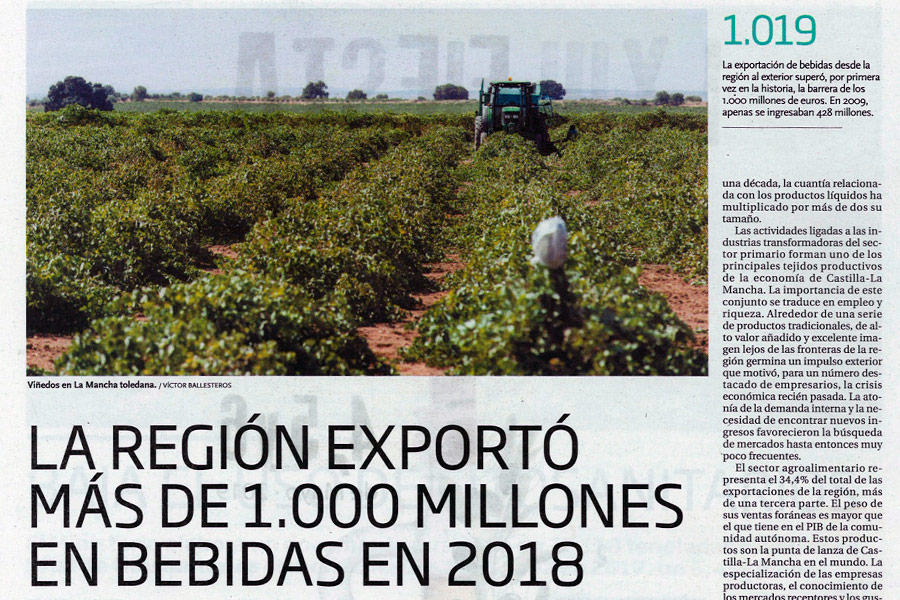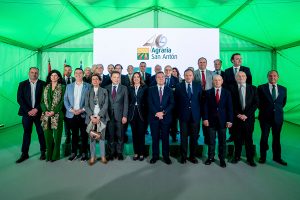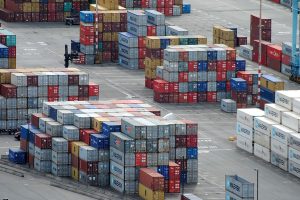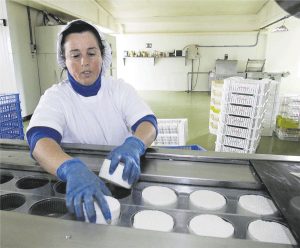
The bulk of this amount corresponds to wine, the flagship of Castilla-La Mancha's sales to third countries. The province of Ciudad Real assumes two thirds of the foreign billing
Sales of wine from the region abroad in 2018 maintained the good rhythm registered in previous years. The volume of exports of this reference and other liquids continued to grow and for the first time exceeded 1.000 million euros in value. The province of Ciudad Real led the production and subsequent distribution to third countries of liquids. Both Albacete and Toledo contributed a notable portion to the total amount of the region. The income in this section (1.109 million) accounted for almost half of the agri-food sector.
Ciudad Real leads the sales of beverages to the world. The southern province invoiced 635 million for its business far from Spain. If the region is the winery of Europe, this eminently La Mancha demarcation is the winery of the autonomous community. For their part, Albacete and Toledo totaled 153 and 145 million respectively. Cuenca contributed 73 million and Guadalajara only 11. The meager data from Alcarria demonstrates the weight that wine has within the beverage section: those areas that maintain more hectares of planted vines and greater roots in the production of wines stand out.
Exports of Castilian-La Mancha beverages amounted to 428 million euros in 2009. The following year they reached 500 million. In 2013 the figure of 880 million was touched, although the total amount was reduced the following two years. In 2017, the penultimate year for which complete data is available, 939 million were accumulated for sales in foreign markets. The recent 2018 concluded with the region surpassing the one billion barrier. In a period of less than a decade, the amount related to liquid products has multiplied its size by more than two.
1.019
For the first time in history, the export of beverages from the region to the exterior surpassed the barrier of 1.000 million euros. In 2009, barely 428 million were entered.
The activities linked to the transformative industries of the primary sector form one of the main productive fabrics of the economy of Castilla-La Mancha. The importance of this set translates into employment and wealth. Around a series of traditional products, with high added value and an excellent image far from the borders of the region, an external impulse germinates that motivated, for a significant number of businessmen, the recent economic crisis. The sluggishness of domestic demand and the need to find new income favored the search for markets that had been very infrequent up to then.
The agri-food sector represents 34,4% of the region's total exports, more than a third. The weight of its foreign sales is greater than the one it has in the GDP of the autonomous community. These products are the spearhead of Castilla-La Mancha in the world. The specialization of the producing companies, the knowledge of the receiving markets and the tastes of the final consumer, the presence in international fairs and an attractive relationship between the quality offered and the purchase price are pointed out as reasons for this growing strength.
Castilla-La Mancha wines are sold in vast regions of the planet. According to the data offered by the Denomination of Origin of La Mancha, one of the nine that the region has and the most important according to its production and sales volumes, the main receiving market during 2017, the last year for which they have complete data, it was Chinese. The Asian giant purchased more than 850.000 cases (of twelve bottles each) of esca DO. Germany, a traditional customer, bought around 485.000 packages. After these two, came Russia, the Netherlands and the United States.
The statistics of this DO show the takeoff of sales of wines to third countries. In 2011, in the midst of the economic crisis and with an international vocation still underdeveloped, the total number of cases (twelve bottles) sold was close to 1,9 million. The figures reached six years later exceed the barrier of 3,1 million.








































